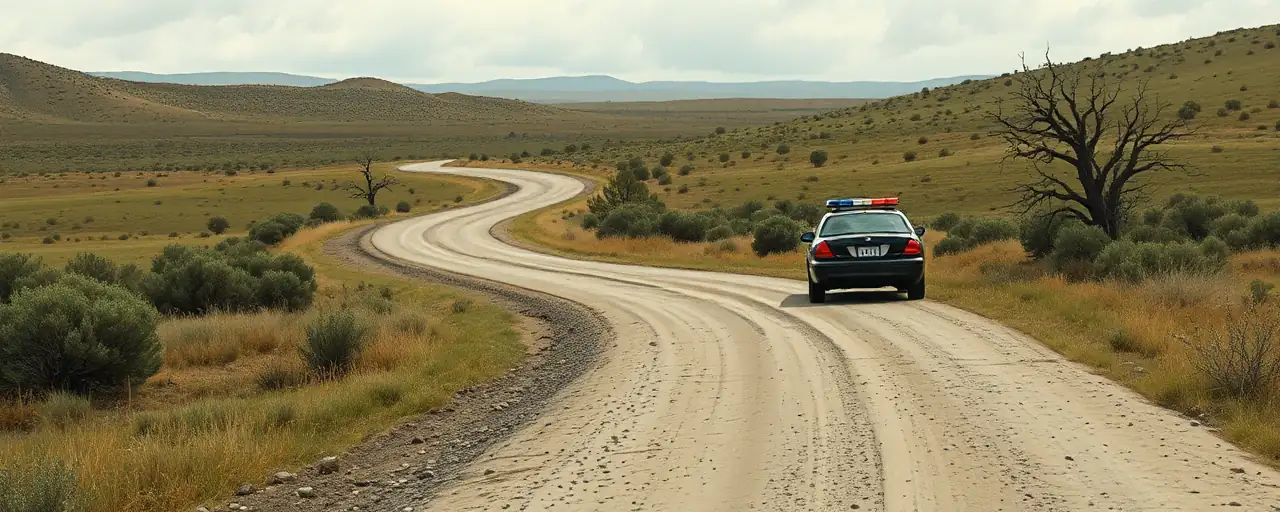A Crisis Demands Action
Violent crime has ravaged American Indian and Alaska Native communities for far too long, leaving families shattered and justice elusive. Homicide rates for Native women soar nearly four times higher than for their white counterparts, while over 4,300 active FBI investigations underscore a chilling reality: Indian Country is under siege. The Department of Justice’s latest move, Operation Not Forgotten, isn’t just a response, it’s a battle cry. With 60 FBI personnel storming into 10 field offices nationwide, this six-month surge marks the most aggressive federal push yet to tackle unresolved cases, including the haunting epidemic of missing and murdered Indigenous persons.
This isn’t about optics or empty promises. It’s about results. Attorney General Pamela Bondi has made it clear: the unacceptably high crime rates plaguing these communities demand accountability, and the Justice Department is delivering. Partnering with the Bureau of Indian Affairs and Tribal law enforcement, the FBI is wielding cutting-edge forensic tools to hunt down perpetrators and bring closure to victims’ families. After years of neglect, this operation signals a turning point, one that prioritizes law and order over bureaucratic excuses.
Boots on the Ground, Justice in Sight
Operation Not Forgotten deploys real manpower where it’s needed most. Sixty agents, rotating through 90-day stints, will flood field offices from Albuquerque to Seattle, targeting a caseload that includes over 900 death investigations and 1,000 child abuse probes. FBI Director Kash Patel put it bluntly: violent criminals won’t escape the manhunt, no matter where they hide. This isn’t a fleeting gesture; it’s the third wave of a proven strategy launched under President Trump’s first term, building on Executive Order 13898. Past deployments have already notched 52 arrests, 25 indictments, and the rescue of 10 child victims, hard evidence this approach works.
The numbers don’t lie, and neither does history. Since 2023, Operation Not Forgotten has cracked over 500 cases, a testament to what happens when federal muscle teams up with local know-how. The Safe Trails Task Forces, linking FBI agents with Tribal police, amplify this effort, cutting through jurisdictional red tape that’s long stymied progress. Critics might whine about temporary surges, but results trump rhetoric every time. Nine child recoveries in the last phase alone prove this isn’t just talk, it’s justice in action.
Facing the Hard Truths
Let’s not kid ourselves: the crisis in Indian Country didn’t sprout overnight. Decades of federal mismanagement and half-hearted policies have fueled a violent crime rate that’s double the national average. From 1992 to 2001, American Indians faced violence at 101 per 1,000 persons, dwarfing the broader 41 per 1,000. Today, over 84% of Native women report surviving violence, many at the hands of outsiders exploiting jurisdictional chaos. Firearms and alcohol often play starring roles in this tragedy, yet systemic failures, like spotty data collection, keep the full scope obscured.
Some voices, particularly from the left-leaning advocacy crowd, argue for more studies or endless funding for vague ‘systemic’ fixes. Nice try, but that’s a dodge. The MMIP Regional Outreach Program, with its attorneys and coordinators embedded across five regions, already tackles prevention with precision. Pair that with Operation Not Forgotten’s prosecutorial teeth, backed by U.S. Attorneys ready to hammer case referrals, and you’ve got a blueprint that delivers. Hand-wringing over root causes won’t lock up predators; aggressive enforcement will.
Partnerships That Pack a Punch
The backbone of this operation lies in its partnerships. The FBI, Bureau of Indian Affairs, and Tribal law enforcement aren’t just sharing coffee, they’re syncing up to dismantle crime networks. A 2022 agreement with the BIA clarified roles, ensuring investigations don’t stall in bureaucratic quicksand. The Safe Trails Task Forces, spanning 200 Tribal communities, fuse federal firepower with local insight, a combo that’s already paid dividends. Over 40 arrests in the last surge alone show what happens when agencies stop bickering and start collaborating.
Contrast that with the alternative: disjointed efforts where predators slip through cracks. Jurisdictional tangles have long plagued Indian Country, but this operation slices through the mess. Advocates for permanent staffing might grumble, yet the flexibility of rotating surges keeps resources sharp and focused. Trust isn’t built by endless promises; it’s forged through action, and these joint efforts are proving it, one solved case at a time.
A Line in the Sand
Operation Not Forgotten isn’t a feel-good experiment, it’s a declaration. The Justice Department is drawing a line: violent crime in Indian Country ends here. With over 25,000 violent incidents against Native women reported from 2021 to 2023, the stakes couldn’t be higher. This surge channels the Trump-era resolve of Executive Order 13898 into a nationwide offensive, blending forensic innovation with relentless pursuit. It’s not perfect, sure, but it’s a hell of a lot better than the inaction that’s defined too many years past.
The path forward is clear. Keep the pressure on, lock up the guilty, and give victims the justice they’ve been denied. Detractors can clutch their pearls and call for more committees, but that’s a luxury these communities can’t afford. Operation Not Forgotten proves that when the federal government prioritizes law enforcement over lip service, real change happens. It’s time to double down, make this surge a fixture, and show Indian Country that America hasn’t forgotten.
